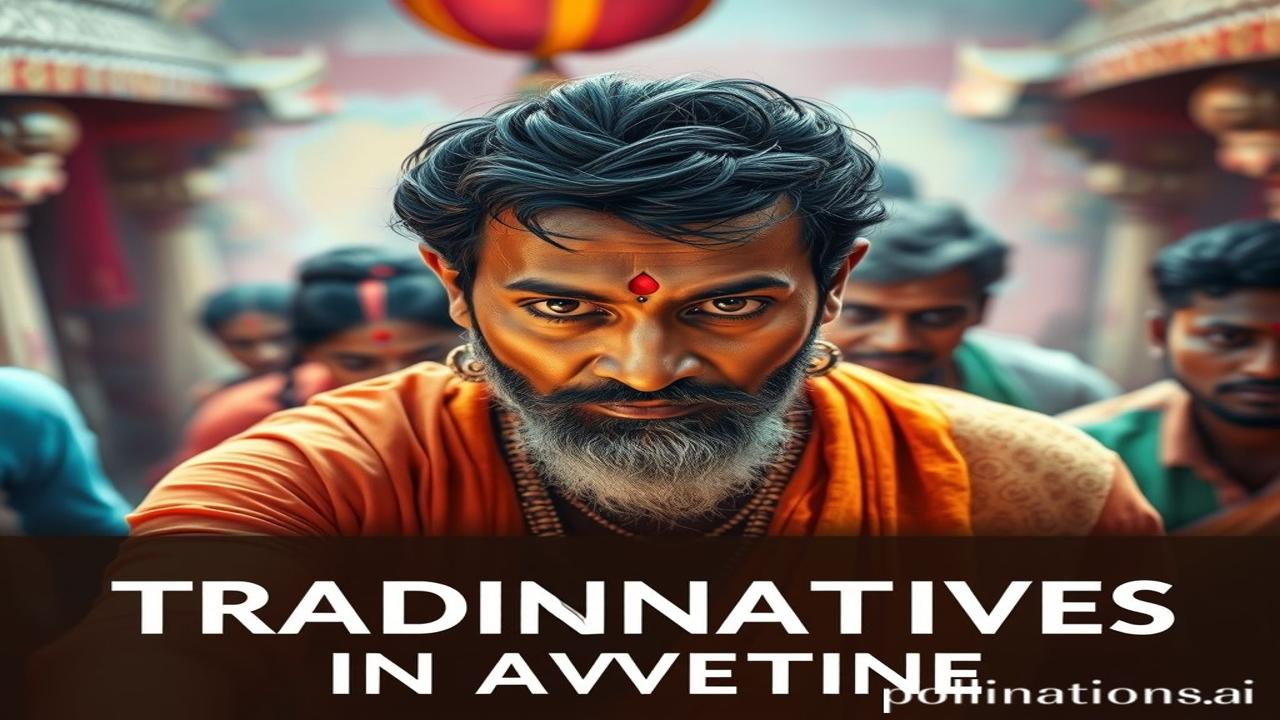Traditional Narratives in Advertising: Ek Khoobsurat Safar
Kabhi socha hai, jab hum TV on karte hain ya internet scroll karte hain, kitni kahaniyan humare saamne aati hain? Kuch nayi, kuch purani… Lekin kya aap jaante hain, in advertising ki duniya mein bhi, Bharat ki paramparik kathayein zinda hain, apna rang dikha rahi hain? Chaliye, aaj hum issi khoobsurat safar par chalte hain.
Advertising Mein Parampara: Kya Hai Yeh Tamasha?
“Traditional Narratives in Advertising” ka matlab hai, advertising campaigns mein humare itihas, sanskriti, aur logon ki zindagiyon se jude stories, myths, legends, aur values ka istemaal karna. Yeh ek tareeka hai brand ko audience ke saath ek gehra, emotionally connected rishta banane ka. Think Amul’s iconic girl, or the stories built around festivals.
Yeh practice India mein koi nayi baat nahi hai. Zamane se, hum apni kahaniyon aur sanskriti ko aage badhate aaye hain. Advertising mein, iss ka concept 20th century ke shuruwat mein hi dikhna shuru ho gaya tha, jab companies apne products ko Indian values aur beliefs se jodne lagi. But, the real surge happened post-independence, with brands leveraging the ‘Indianness’ to connect with a rapidly evolving nation.
Why is it important? Kyunki yeh sirf product bechne ki baat nahi hai. Yeh humari pehchaan, humari dhrohar, aur humare aane wali peedhiyon ko apni sanskriti se jode rakhne ka ek tareeka hai. It’s about weaving a narrative that resonates deep within our souls.
Zamini Sach: Logo Aur Jeevan – The Real Stories
Imagine a bustling bazaar in the heart of old Delhi, circa 1950. A dhoti-clad vendor, his face etched with years of wisdom, expertly pitching the benefits of a locally made tonic. He isn’t just selling a product; he’s selling a story of resilience, of homegrown goodness, of swadeshi.
“Yeh dawa nahi, bhaiyon, yeh toh shakti hai! (This isn’t just medicine, brothers, it’s power!)” he’d proclaim, his voice resonating through the throng. His words, infused with the spirit of a newly independent India, carried more weight than any glossy brochure.
Then there’s Ma Rukmini, painstakingly embroidering a brand logo onto a handloom saree. Each stitch is a testament to her skill, her dedication, and the timeless elegance of Indian craftsmanship. The saree itself becomes a canvas, telling a tale of tradition, art, and the unwavering spirit of Indian women.
In Rajasthan, a traveling bard sings ballads of brave Rajput warriors, subtly weaving in the name of a local spice blend that supposedly gives them their strength. “Iss masale mein hai veeron ka balidaan, aur maaon ka aashirwaad! (This spice contains the sacrifice of heroes and the blessings of mothers!)”
These weren’t just advertisements; they were glimpses into the daily lives, the hopes, and the dreams of a nation finding its feet.
Dharohar Aur Pehchaan: Aaj Bhi Zinda
Aaj bhi, hum dekhte hain ki kaise brands Diwali, Holi, ya Eid jaise tyoharon ko celebrate karte hain, apni advertising mein. How many times have you seen a commercial showcasing a family together, celebrating a festival, while subtly promoting a specific brand? It’s everywhere!
We see echoes of traditional narratives in rituals, art, architecture, festivals, language, and values. From the use of rangoli patterns in packaging to the retelling of mythological stories in animated commercials, Bharatiyata finds a way to shine through. It’s not just about selling; it’s about reminding us who we are. Yeh hamari pehchaan hai, our cultural DNA.
Mazedar Tathya Ya Bhram-Bhanjak: Did You Know?
Log samajhte hain ki advertising sirf product bechne ke liye hoti hai. Lekin asli sach yeh hai ki, advertising mein traditional narratives ka istemaal ek brand ko apni values establish karne, audience ke saath trust banane, aur ek lasting impression create karne mein madad karta hai. It’s more than just selling; it’s about building a legacy.
Another myth? That traditional narratives are outdated! Wrong! They are evergreen. Brands are constantly reinventing and reinterpreting them to resonate with modern audiences. Think about updated versions of Panchatantra tales used to teach financial literacy through a relatable animal allegory.
Drishya Aur Bhavnayein: Bringing it Alive
Imagine the aroma of freshly baked mithai wafting through the air during Diwali, the vibrant colours of rangoli adorning the entrance, the echoing sounds of laughter and joyous celebration. This is the sensory landscape that brands often tap into when creating festive campaigns. The feeling of warmth, togetherness, and tradition is palpable.
Picture the dusty roads of a rural village, the rhythmic clang of a blacksmith’s hammer, the sweet smell of woodsmoke mingling with the earth. These are the sights and sounds that brands use to evoke a sense of nostalgia, of simplicity, and of the real India.
Antim Vichar Ya Uddharan: Food for Thought
“Vasudhaiva Kutumbakam” – The world is one family. This ancient Indian philosophy finds its echo in advertising that promotes inclusivity, unity, and shared values. It reminds us that even in the world of commerce, we are all connected, and our stories are intertwined.
Let us remember, the power of stories is timeless. And when used ethically and creatively in advertising, traditional narratives can not only sell products but also celebrate our rich cultural heritage and inspire future generations.
